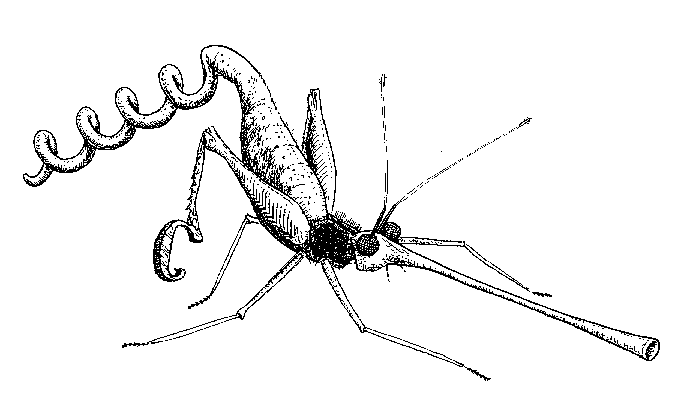
Het Wijndiefje (Wine thief), Bacchus deliriosus. This parasite can be found near pubs. Fully equipped to open bottles and cans of all kinds, it can be quite a nuisance if your wine cellar happens to be infected by it.

Het
Wijndiefje (Wine thief), Bacchus deliriosus. This parasite
can be found near pubs. Fully equipped to open bottles and cans of all kinds, it
can be quite a nuisance if your wine cellar happens to be infected by it.
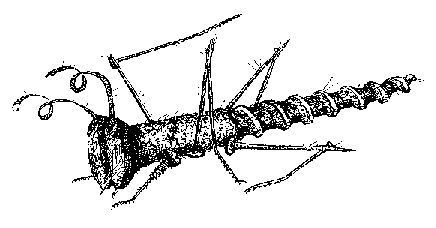 In prehistoric times, insects often
mimicked the appearance of branches and leaves, so as to become nearly invisible
to predators. In the new era of the Polluticum, however, branches and
leaves become rare. Nails and screws will litter the soils in large quantities,
and this shifts the advantage towards creatures disguised as such. Here is an example,
the (not very accurately named)
Wandelende Spijker (Carausius Corrodus).
In prehistoric times, insects often
mimicked the appearance of branches and leaves, so as to become nearly invisible
to predators. In the new era of the Polluticum, however, branches and
leaves become rare. Nails and screws will litter the soils in large quantities,
and this shifts the advantage towards creatures disguised as such. Here is an example,
the (not very accurately named)
Wandelende Spijker (Carausius Corrodus).
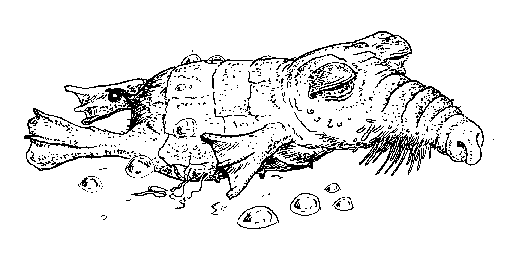 Sewers will be abundant. Surface waters
will be highly contaminated with oestrogens and other medicinal remains, detergents,
resolvants and numerous other chemicals, toxic to the fauna of past eras.
Now here is a creature specially adapted to this new ecological niche.
Sus riolus, or Rioolzwijntje thrives under these circumstances.
Its greatest enemy is mankind, which threatens its biotope by environmental
cleaning measures.
Sewers will be abundant. Surface waters
will be highly contaminated with oestrogens and other medicinal remains, detergents,
resolvants and numerous other chemicals, toxic to the fauna of past eras.
Now here is a creature specially adapted to this new ecological niche.
Sus riolus, or Rioolzwijntje thrives under these circumstances.
Its greatest enemy is mankind, which threatens its biotope by environmental
cleaning measures.
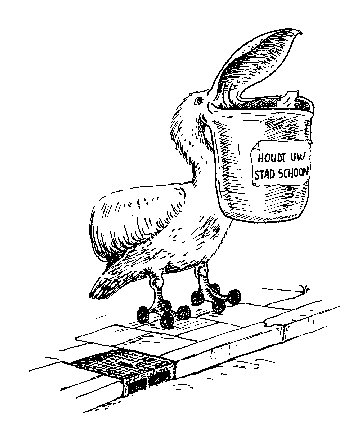
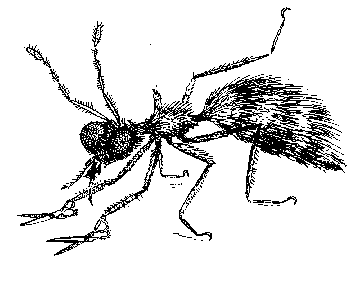
Humanity, of course, will
strongly interfere with the course ov evolution. Genetic engeneering will often be applied
to create species with special missions. Here, we have the
Huisvuilpelikaan, Pelicanus optimistus, a common
appearance at street corners.
The Plastic-zakkenetertje, Plasticophagus edulis presumably originated from genetic experiments conducted by angry tourists at the beaches of some Southern European countries. Its tentacles have turned into scisors, used for cutting plastic bags and other litter at the beaches into edible pieces. Specially adapted microbes in its intestines digest this material. The animal is known for its exquisite taste.
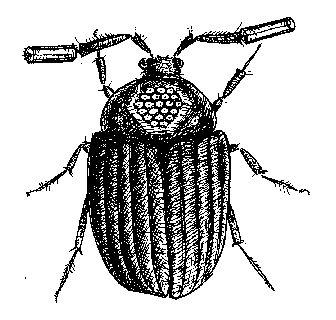 This is not the case for the
Kernkever or Reak-tor (Pluto Pluto), which specialized
in tracing nuclear waste products, and most notable plutonium spills.
Its sensory organs evolved into Geiger counters enabling it to detect radioactive
sources. Its body was conversed into a tiny nuclear reactor.
This is not the case for the
Kernkever or Reak-tor (Pluto Pluto), which specialized
in tracing nuclear waste products, and most notable plutonium spills.
Its sensory organs evolved into Geiger counters enabling it to detect radioactive
sources. Its body was conversed into a tiny nuclear reactor.
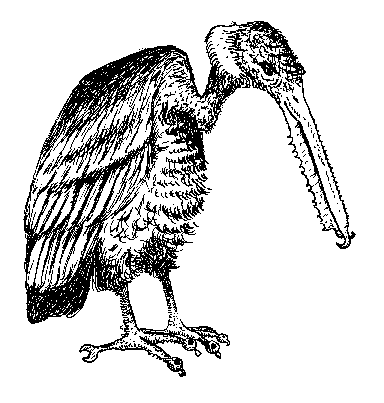 Heavy automobile traffic demands its toll.
Animals will rapidly adapt. Any creature not getting out of the way quickly enough
will rapidly become extinct. But humans will not. Reckless driving is of all
times. Therefore, some animals find ways to exploit this fact. The
autosnelweggier (Gryps autostrada) has developed
tools to open car wreckages rapidly. With its sharp eyesight, it spots accidents
quickly, and arrives at the scene earlier than the ambulances. In no time, it finds
its way inside and feeds on the victims. Usually, this is not a pretty sight, but
then, that's nature.
Heavy automobile traffic demands its toll.
Animals will rapidly adapt. Any creature not getting out of the way quickly enough
will rapidly become extinct. But humans will not. Reckless driving is of all
times. Therefore, some animals find ways to exploit this fact. The
autosnelweggier (Gryps autostrada) has developed
tools to open car wreckages rapidly. With its sharp eyesight, it spots accidents
quickly, and arrives at the scene earlier than the ambulances. In no time, it finds
its way inside and feeds on the victims. Usually, this is not a pretty sight, but
then, that's nature.
More:
Back to Gerard 't Hooft's homepage.